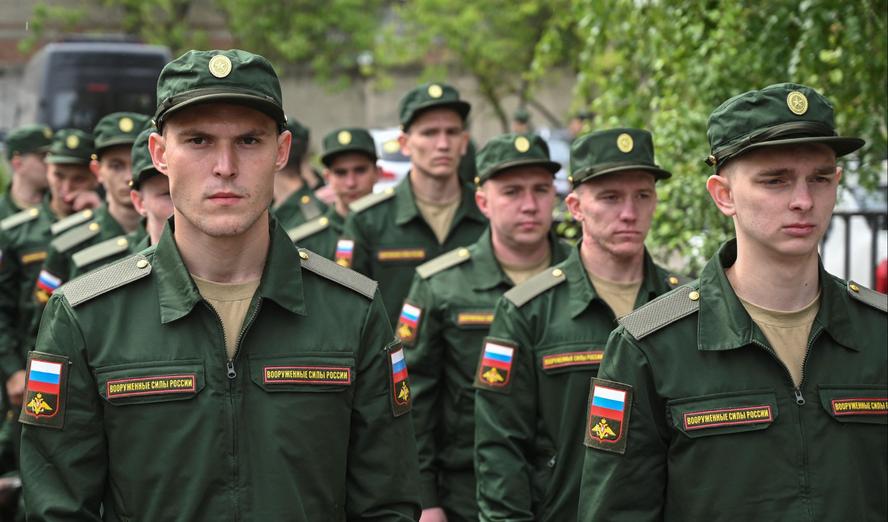Russia’s war machine isn’t slowing down—it’s scaling up. In response to prolonged combat, mounting troop losses, and shifting global dynamics, the Kremlin has launched an ambitious plan to rebuild its colossal army. This move signals a long-term strategy, not just a short-term reaction. For anyone watching global military trends, this is a development that’s impossible to ignore.
Why Russia Is Rebuilding Its Army Now
Since the full-scale invasion of Ukraine in early 2022, Russia’s military has suffered heavy personnel and equipment losses. While battlefield tactics and drone warfare grab headlines, a deeper shift is happening behind the scenes: the reconstitution of Russian military power.
The plan to rebuild a colossal army isn’t just about replenishing numbers. It’s about creating a force that can endure drawn-out conflicts. Russian officials have spoken of increasing troop numbers to 1.5 million. This includes adding new divisions, reopening military academies, and even revisiting Soviet-era training methods.
Conscription and Recruitment Drive
To rebuild its colossal army, Russia is doubling down on recruitment and conscription. In 2024 alone, it conducted one of its largest spring drafts in decades. There’s also a push to attract contract soldiers with promises of higher pay and social benefits.
Interestingly, this new wave isn’t limited to young recruits. Older reservists and former soldiers are also being called back into service. For the Kremlin, experience matters just as much as headcount.
Rearming with Domestic Production
Russia’s defense industry is also being revamped. Sanctions may have restricted access to Western components, but domestic factories are working overtime. The focus is on mass production—artillery shells, tanks, drones, and missile systems.
By scaling domestic manufacturing, Russia aims to fuel both the current front and future campaigns. This effort underscores that the strategy to rebuild a colossal army is rooted in self-sufficiency.
What It Means for the War and Beyond
This isn’t just about Ukraine. Russia’s decision to rebuild its colossal army hints at broader ambitions. A larger, better-equipped force gives Moscow leverage—not only in Eastern Europe but in its global posturing.
For Western nations and NATO, this signals a long-term challenge. For Ukraine, it means preparing for a sustained, high-intensity conflict. And for the rest of the world, it raises pressing questions about global security and stability.



